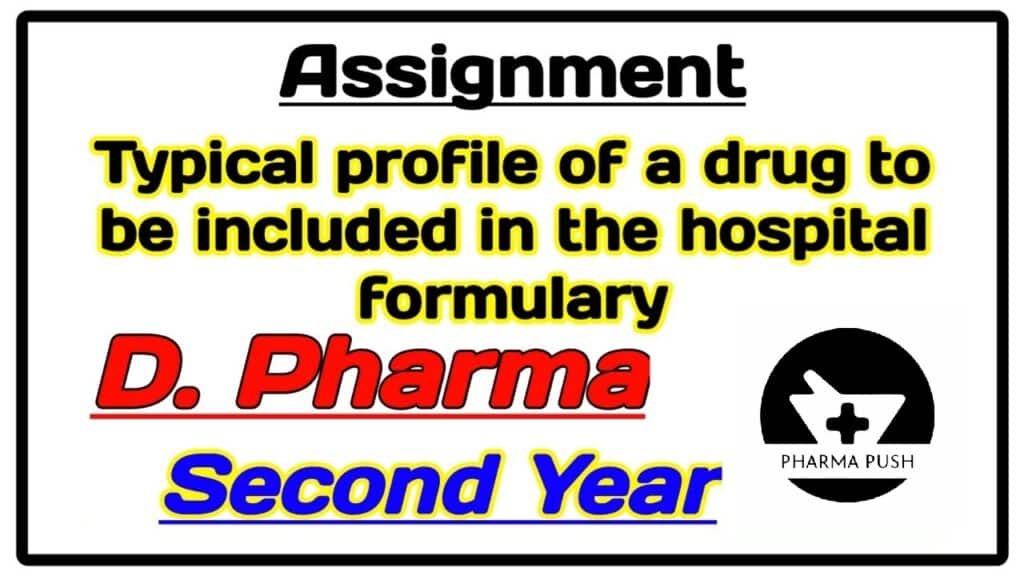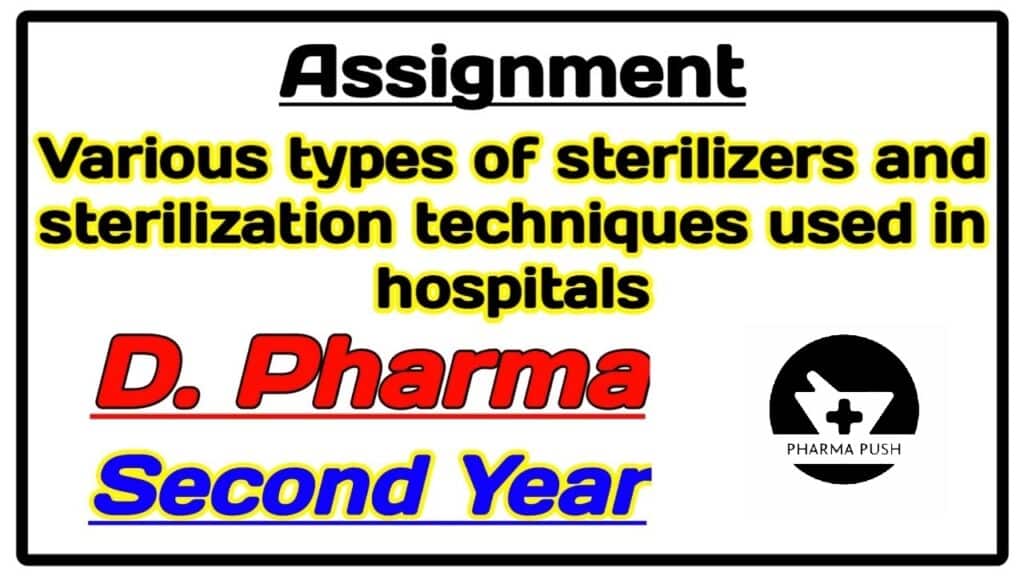Introduction
Total Parenteral Nutrition (TPN), also known as total nutrient admixture (TNA), is a method of feeding individuals who are unable to obtain adequate nutrition through oral intake or enteral feeding (feeding through the gastrointestinal tract). TPN provides all the necessary nutrients a person needs directly into the bloodstream through a central venous catheter.
Total Parenteral Nutrition and IV admixtures and their compatibility issues may be short-term or long-term nutritional therapy, and may be administered on acute medical floors as well as in critical care areas. The caloric requirements of each patient are individualized according to the degree of stress, organ failure, and percentage of ideal body weight. TPN is used with patients who cannot orally ingest or digest nutrition (Triantafillidis & Papalois, 2014).
TPN may be administered as peripheral parenteral nutrition (PPN) or via a central line, depending on the components and osmolality. Central veins are usually the veins of choice because there is less risk of thrombophlebitis and vessel damage (Chowdary & Reddy, 2010). According to Chowdary & Reddy (2010), candidates for TPN are:
- Patients with paralyzed or nonfunctional GI tract, or conditions that require bowel rest, such as small bowel obstruction, ulcerative colitis, or pancreatitis.
- Patients who have had nothing by mouth (NPO) for seven days or longer.
- Babies with an immature gastrointestinal system or congenital malformations.
- Patients with chronic or extreme malnutrition, or chronic diarrhea or vomiting with a need for surgery or chemotherapy.
- Patients in hyperbolic states, such as burns, sepsis, or trauma.
Here’s how TPN works:
- Assessment: TPN is typically prescribed for patients who cannot tolerate oral or enteral feeding due to conditions such as gastrointestinal disorders, bowel obstruction, severe malabsorption, or after certain surgeries where the gastrointestinal tract needs to rest and heal.
- Formulation: A healthcare provider, often a registered dietitian or a specialized nutrition support team, formulates the TPN solution based on the individual’s specific nutrient needs. The solution contains a balanced mixture of carbohydrates, proteins, fats, vitamins, minerals, and electrolytes tailored to the patient’s requirements.
- Administration: The TPN solution is prepared under sterile conditions in a compounding pharmacy or hospital pharmacy. It is then infused into a large central vein, such as the superior vena cava or the jugular vein, using a central venous catheter. This catheter is usually inserted into a major vein in the chest or neck under sterile conditions.
- Monitoring and Adjustments: Patients receiving TPN require close monitoring of their nutritional status, electrolyte levels, blood glucose levels, and liver function tests. Adjustments to the TPN formula may be made based on the patient’s clinical condition, nutritional status, and laboratory results.
- Potential Complications: While TPN can be life-saving for patients who cannot tolerate oral or enteral feeding, it is not without risks. Complications of TPN can include infections at the catheter site, bloodstream infections (sepsis), electrolyte imbalances, liver dysfunction, and metabolic complications such as hyperglycemia or hypoglycemia.
- Transition to Enteral Feeding: Whenever possible, healthcare providers aim to transition patients from TPN to enteral feeding as the gastrointestinal tract heals or becomes functional again. Enteral feeding is preferred over TPN because it helps maintain the integrity of the gastrointestinal mucosa and reduces the risk of infection and other complications associated with TPN.
TPN is a valuable therapeutic option for patients who cannot obtain adequate nutrition through oral or enteral routes, but it requires careful monitoring and management to optimize patient outcomes and minimize complications.
TPN is not compatible with any other type of IV solution or medication and must be administered by itself. TPN must be administered using an EID (IV pump), and requires special IV filter tubing for the amino acids and lipid emulsion to reduce the risk of particles entering the patient. Agency policy may allow amino acids and lipid emulsions to be infused together above the filters. TPN tubing will not have any access ports and must be changed according to agency policy. Always review agency policy on setup and equipment required to infuse TPN.
Mechanism of Action TPN
TPN is a mixture of separate components which contain lipid emulsions, dextrose, amino acids, vitamins, electrolytes, minerals, and trace elements. Clinicians should adjust TPN composition to fulfill individual patients’ needs. The main three macronutrients are lipids emulsions, proteins, and dextrose.
You May Like: Concept of electronic health records
You May Like: Safe waste disposal of hospital waste
You May Like: Various types of sterilizers and sterilization techniques used in hospitals
The mechanism of action of Total Parenteral Nutrition (TPN) involves bypassing the gastrointestinal tract and delivering all essential nutrients directly into the bloodstream. Here’s a breakdown of how TPN works:
- Nutrient Delivery: TPN delivers a balanced mixture of macronutrients (carbohydrates, proteins, fats) and micronutrients (vitamins, minerals, electrolytes) directly into the bloodstream. This bypasses the need for digestion and absorption in the gastrointestinal tract.
- Central Venous Access: TPN solutions are administered through a central venous catheter, which is usually placed into a major vein such as the superior vena cava or the jugular vein. This central access allows for rapid dilution and distribution of nutrients throughout the body.
- Cellular Uptake: Once in the bloodstream, nutrients from the TPN solution are transported to cells and tissues throughout the body. Cells take up nutrients through various transport mechanisms to support metabolic processes, growth, and repair.
- Energy Production: Carbohydrates from the TPN solution serve as the primary energy source for cells. They are metabolized through glycolysis and the citric acid cycle to produce ATP, the cellular energy currency.
- Protein Synthesis and Tissue Repair: Amino acids from the TPN solution are used for protein synthesis, which is essential for tissue repair, muscle function, enzyme production, and immune function.
- Fat Metabolism: Lipids (fats) in the TPN solution provide essential fatty acids and serve as a concentrated energy source. They are metabolized to produce ATP and are also important for cell membrane structure and function.
- Vitamin and Mineral Support: Micronutrients such as vitamins and minerals in the TPN solution are essential for various metabolic pathways, enzymatic reactions, and overall health. They support functions such as antioxidant defense, bone health, and nerve transmission.
- Fluid and Electrolyte Balance: TPN solutions are formulated to maintain fluid and electrolyte balance in the body. Electrolytes such as sodium, potassium, chloride, calcium, and magnesium are included in the solution to support cellular function, nerve conduction, and muscle contraction.
- Metabolic Regulation: TPN solutions are tailored to the individual patient’s needs based on their clinical condition, nutritional status, and metabolic requirements. Close monitoring of blood glucose levels, electrolytes, and other metabolic parameters is essential to prevent complications such as hyperglycemia, electrolyte imbalances, and liver dysfunction.
Administration of TPN
The administration of Total Parenteral Nutrition (TPN) involves several key steps to ensure safe and effective delivery of nutrients directly into the bloodstream. Here’s an overview of how TPN is administered:
- Patient Assessment: Before initiating TPN, a comprehensive assessment of the patient’s nutritional status, medical history, underlying condition, and metabolic requirements is conducted. This helps healthcare providers determine the appropriate composition and dosage of the TPN solution.
- Formulation of TPN Solution: A specialized nutrition support team, which may include dietitians, pharmacists, and physicians, formulates the TPN solution based on the patient’s individual needs. The solution is customized to provide the appropriate balance of carbohydrates, proteins, fats, vitamins, minerals, and electrolytes.
- Central Venous Access: TPN is administered through a central venous catheter, which is typically inserted into a large central vein such as the superior vena cava or the jugular vein. Central venous access allows for the rapid and efficient delivery of the TPN solution into the bloodstream.
- Sterile Technique: The insertion of the central venous catheter and the preparation and administration of the TPN solution require strict adherence to sterile technique to minimize the risk of infection.
- Compounding of TPN Solution: The TPN solution is compounded under sterile conditions in a pharmacy or a specialized compounding facility. The components of the solution are carefully measured and mixed according to the prescribed formula.
- Monitoring and Adjustment: Patients receiving TPN require close monitoring of their nutritional status, fluid balance, electrolyte levels, blood glucose levels, and liver function. The TPN solution may be adjusted based on the patient’s clinical condition, laboratory results, and metabolic requirements.
- Infusion Pump: The TPN solution is infused continuously or intermittently using an infusion pump. The infusion rate is carefully controlled to ensure a steady flow of nutrients into the bloodstream over the prescribed duration.
- Regular Assessments: Healthcare providers regularly assess the patient’s response to TPN, including monitoring for signs of complications such as infection, metabolic abnormalities, or catheter-related problems.
- Transition to Enteral Nutrition: Whenever possible, healthcare providers aim to transition patients from TPN to enteral nutrition (feeding through the gastrointestinal tract) as soon as their gastrointestinal function allows. Enteral nutrition is preferred over TPN because it helps maintain the integrity of the gastrointestinal mucosa and reduces the risk of complications associated with TPN.
Total Parenteral Nutrition (TPN) and IV admixtures compatibility issues are crucial considerations in clinical practice to prevent adverse reactions and maintain patient safety. Here’s an overview of both TPN and IV admixtures compatibility issues:
Total Parenteral Nutrition (TPN):
- Chemical Incompatibilities: TPN solutions contain a complex mixture of nutrients, electrolytes, and other components. Chemical incompatibilities can occur when certain components in the TPN solution interact with each other, leading to precipitation, degradation, or alteration of the solution’s composition.
- Physical Incompatibilities: Physical incompatibilities involve changes in the appearance, color, or clarity of the TPN solution, which may indicate the formation of precipitates or other undesirable changes. Physical incompatibilities can result from interactions between different components of the TPN solution.
- Electrolyte Imbalance: TPN solutions contain electrolytes such as sodium, potassium, calcium, and magnesium. Imbalances in electrolyte concentrations can occur if the TPN solution is not formulated or administered correctly, leading to adverse effects such as hyperkalemia or hypokalemia.
- Microbial Contamination: TPN solutions are at risk of microbial contamination during compounding, handling, or administration. Proper aseptic technique and sterile compounding procedures are essential to minimize the risk of contamination and prevent infections in patients receiving TPN.
- Compatibility with Medications: Some medications may be incompatible with TPN solutions due to chemical or physical interactions. Compatibility testing should be performed to ensure that medications added to the TPN solution do not compromise its stability or efficacy.
IV Admixtures:
- Drug-Drug Interactions: When multiple medications are administered intravenously as part of an IV admixture, drug-drug interactions can occur. These interactions may alter the pharmacokinetics or pharmacodynamics of the medications, leading to reduced efficacy or increased risk of adverse effects.
- Chemical Incompatibilities: Chemical incompatibilities between medications in an IV admixture can result in precipitation, degradation, or other changes that compromise the stability and safety of the solution. Certain medications are known to be incompatible with each other and should not be mixed in the same IV infusion.
- Physical Compatibility: Physical compatibility refers to the ability of medications to remain stable and homogeneous when mixed together in an IV admixture. Physical incompatibilities can manifest as changes in color, clarity, or pH of the solution, indicating potential problems with stability or compatibility.
- Administration Considerations: IV admixtures should be prepared and administered according to established guidelines and best practices to minimize the risk of compatibility issues and ensure patient safety. Proper labeling, storage, and administration procedures are essential to prevent errors and adverse reactions.
- Compatibility Testing: Compatibility testing should be performed whenever medications are mixed together in an IV admixture to assess the stability and compatibility of the solution. Compatibility testing may involve visual inspection, pH measurement, and other analytical techniques to identify potential issues before administration.
In summary, both TPN and IV admixtures compatibility issues require careful attention to ensure the safety and effectiveness of intravenous therapy in clinical practice. Healthcare providers should be knowledgeable about the principles of compatibility testing and take appropriate precautions to minimize the risk of adverse reactions and complications associated with TPN and IV admixtures.
References
- Braunschweig C, Liang H, Sheean P. Indications for administration of parenteral nutrition in adults. Nutr Clin Pract. 2004 Jun;19(3):255-62. [PubMed]
- Chowdary KV, Reddy PN. Parenteral nutrition: Revisited. Indian J Anaesth. 2010 Mar;54(2):95-103. [PMC free article] [PubMed]3.
- Weimann A, Ebener Ch, Holland-Cunz S, Jauch KW, Hausser L, Kemen M, Kraehenbuehl L, Kuse ER, Laengle F., Working group for developing the guidelines for parenteral nutrition of The German Association for Nutritional Medicine. Surgery and transplantation – Guidelines on Parenteral Nutrition, Chapter 18. Ger Med Sci. 2009 Nov 18;7:Doc10. [PMC free article] [PubMed]4.
- Messing B. [Parenteral nutrition: indications and techniques]. Ann Med Interne (Paris). 2000 Dec;151(8):652-8. [PubMed]5.
- Maudar KK. TOTAL PARENTERAL NUTRITION. Med J Armed Forces India. 1995 Apr;51(2):122-126. [PMC free article] [PubMed]


